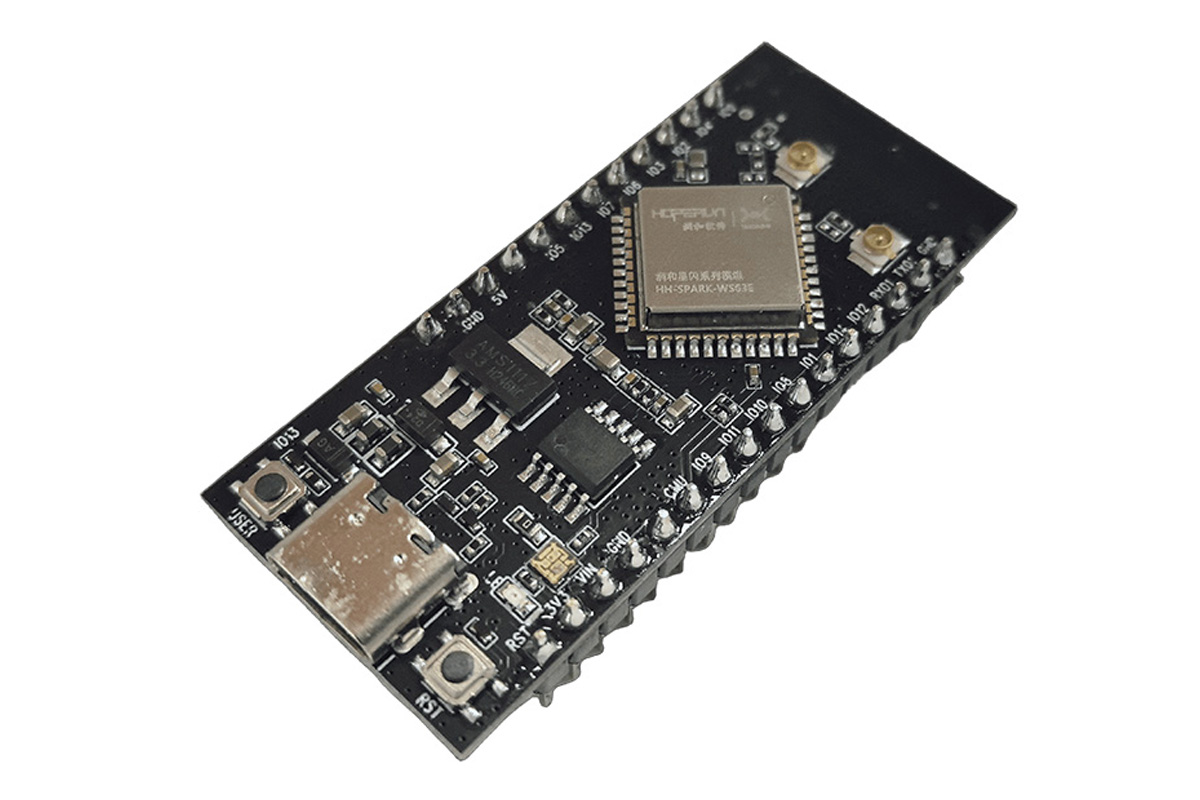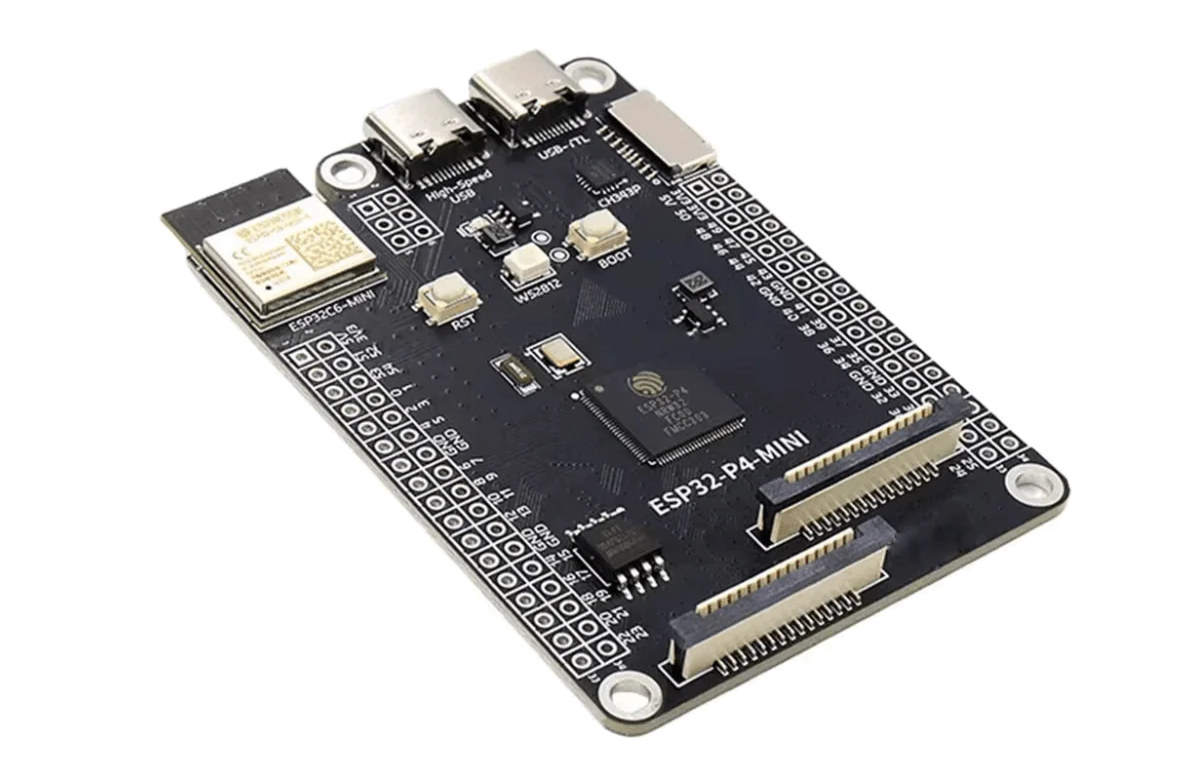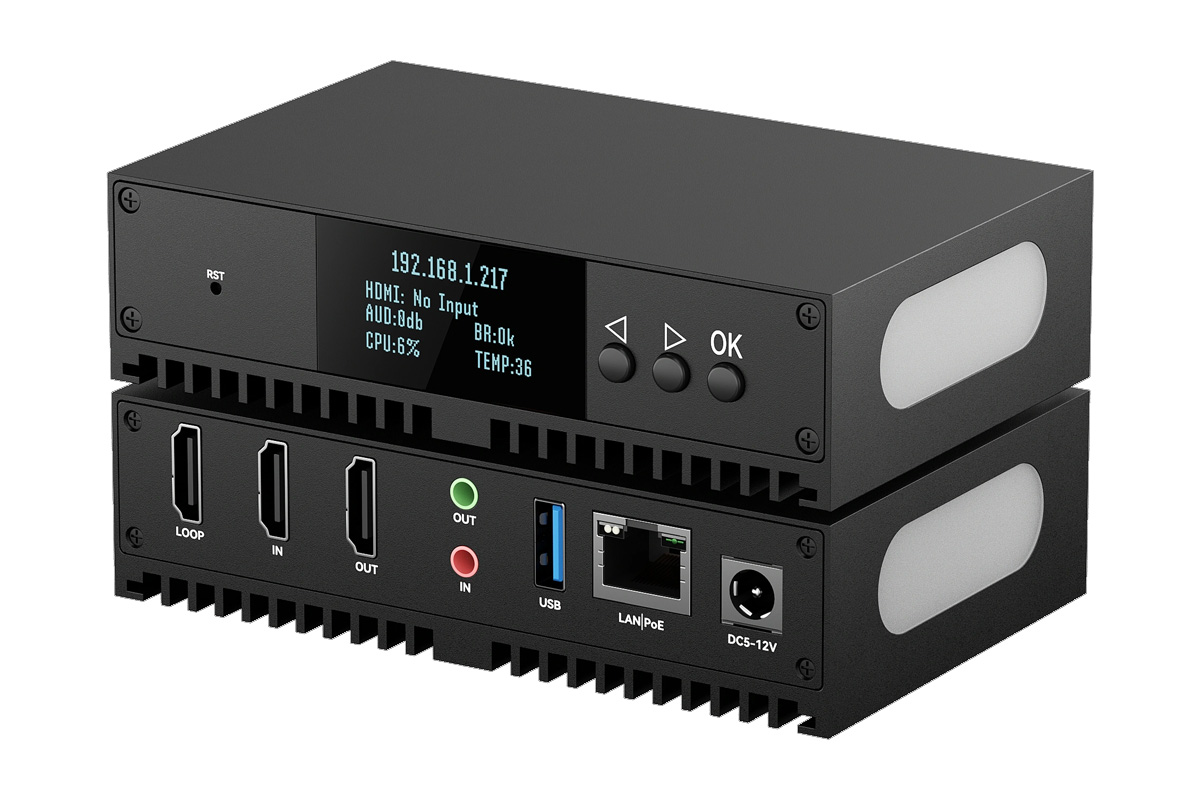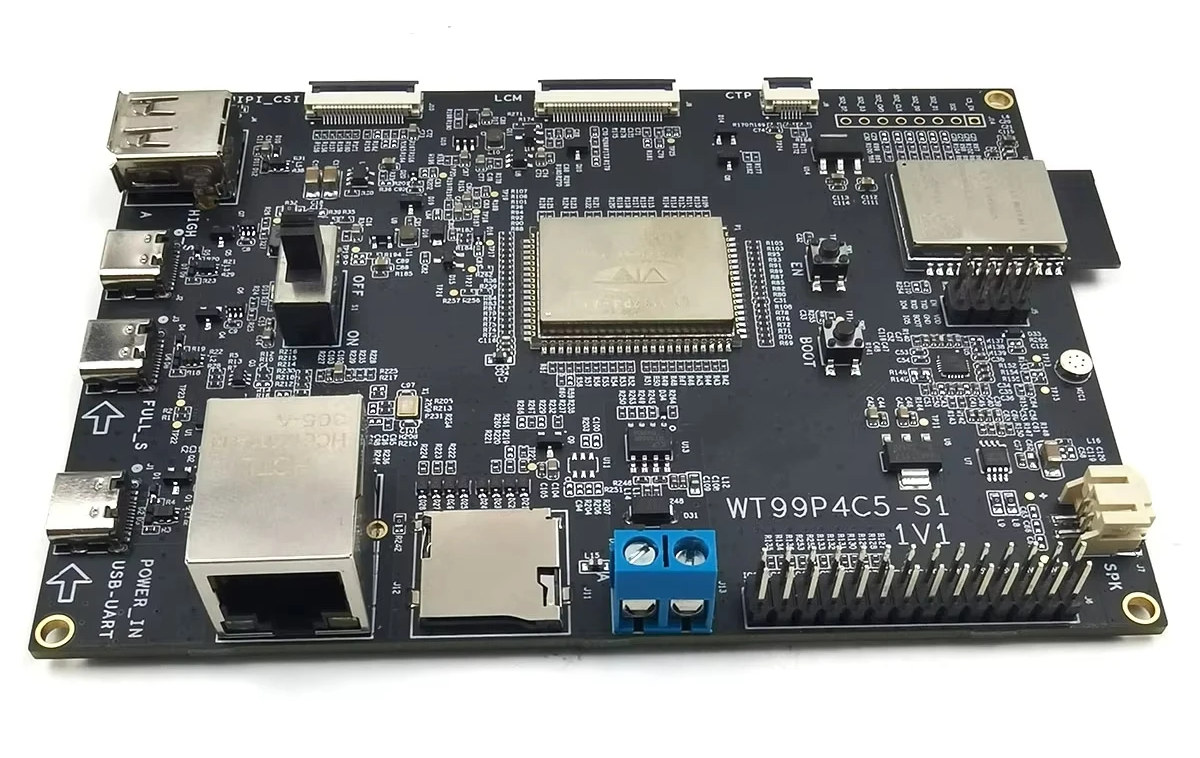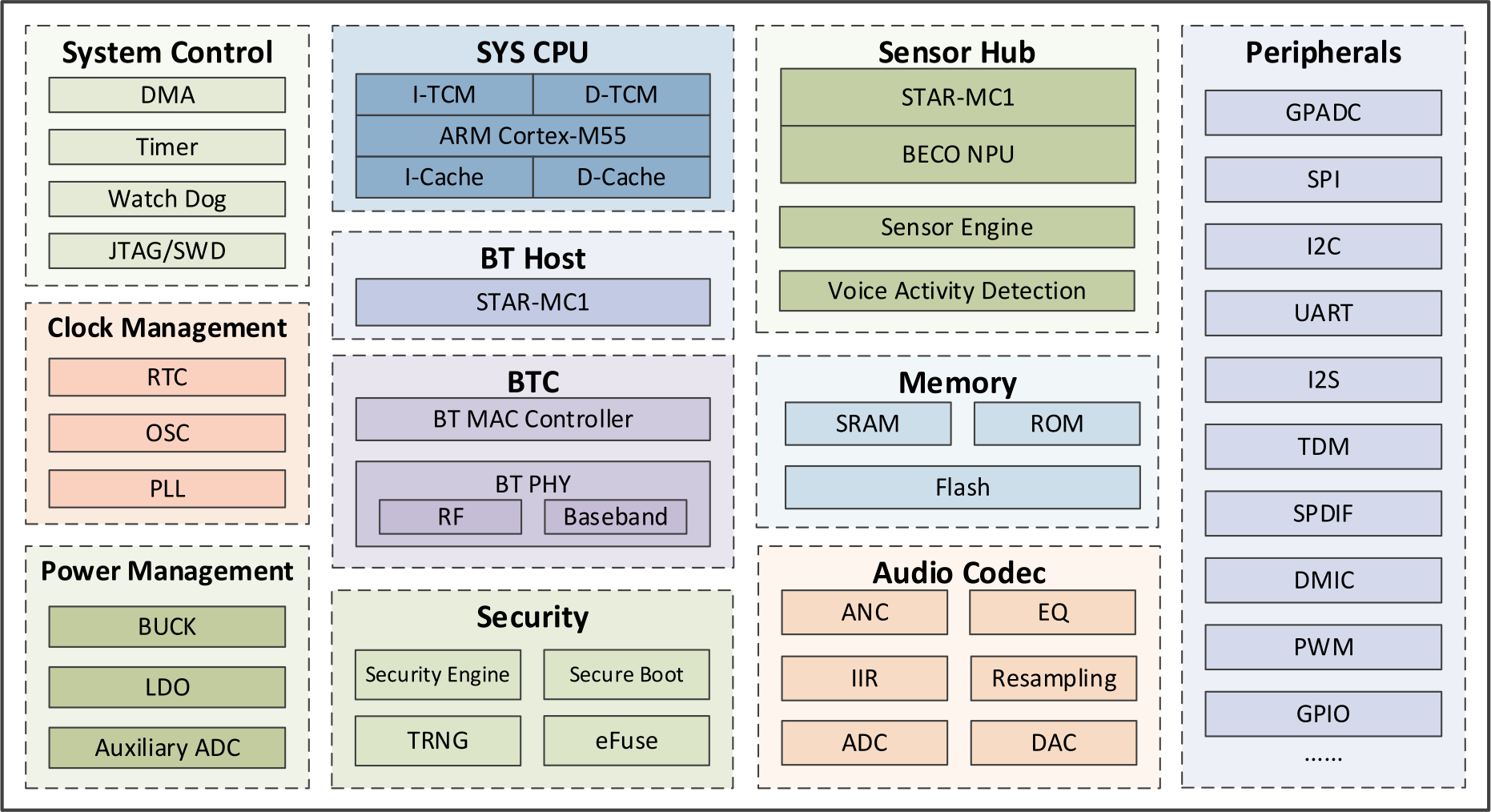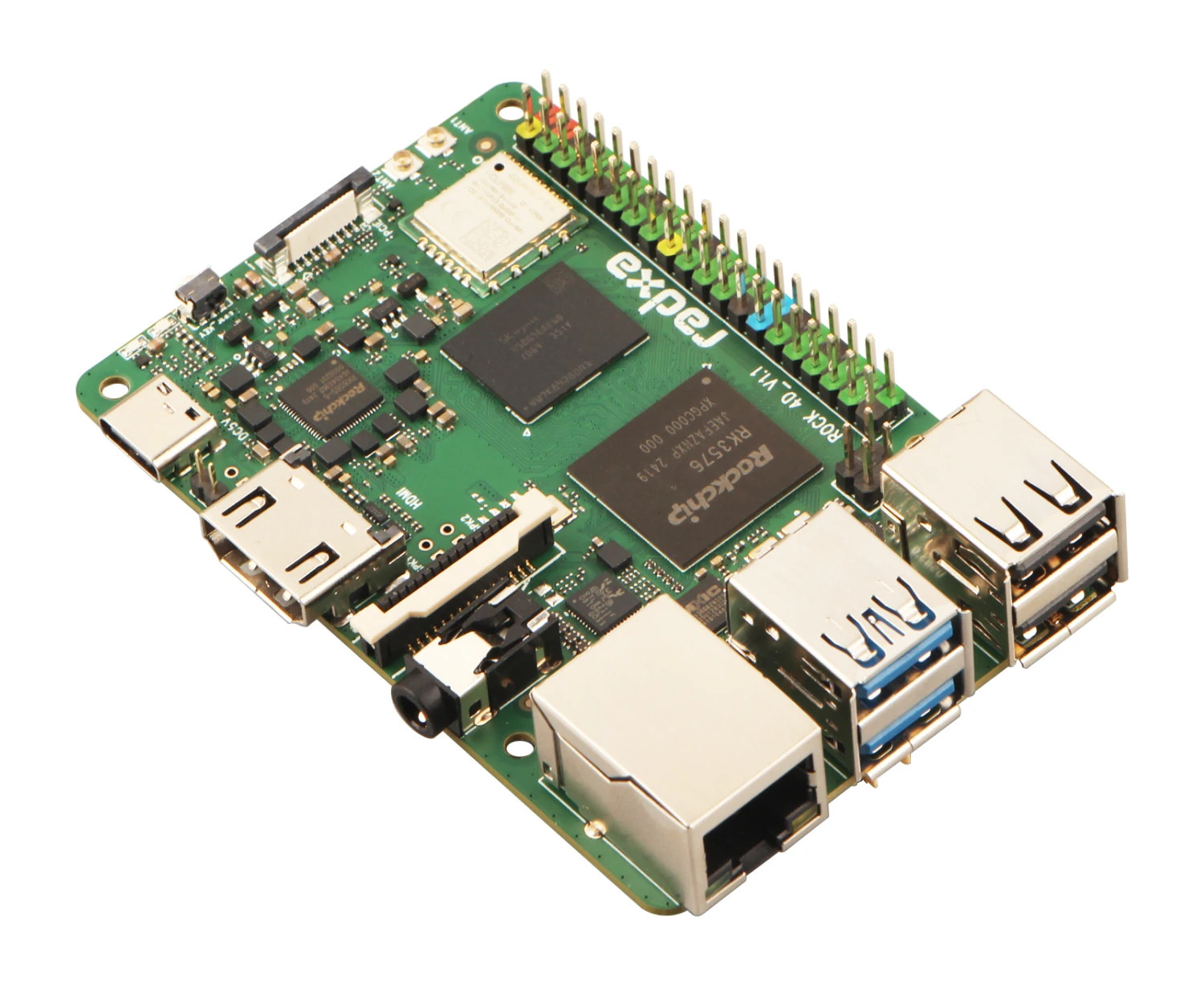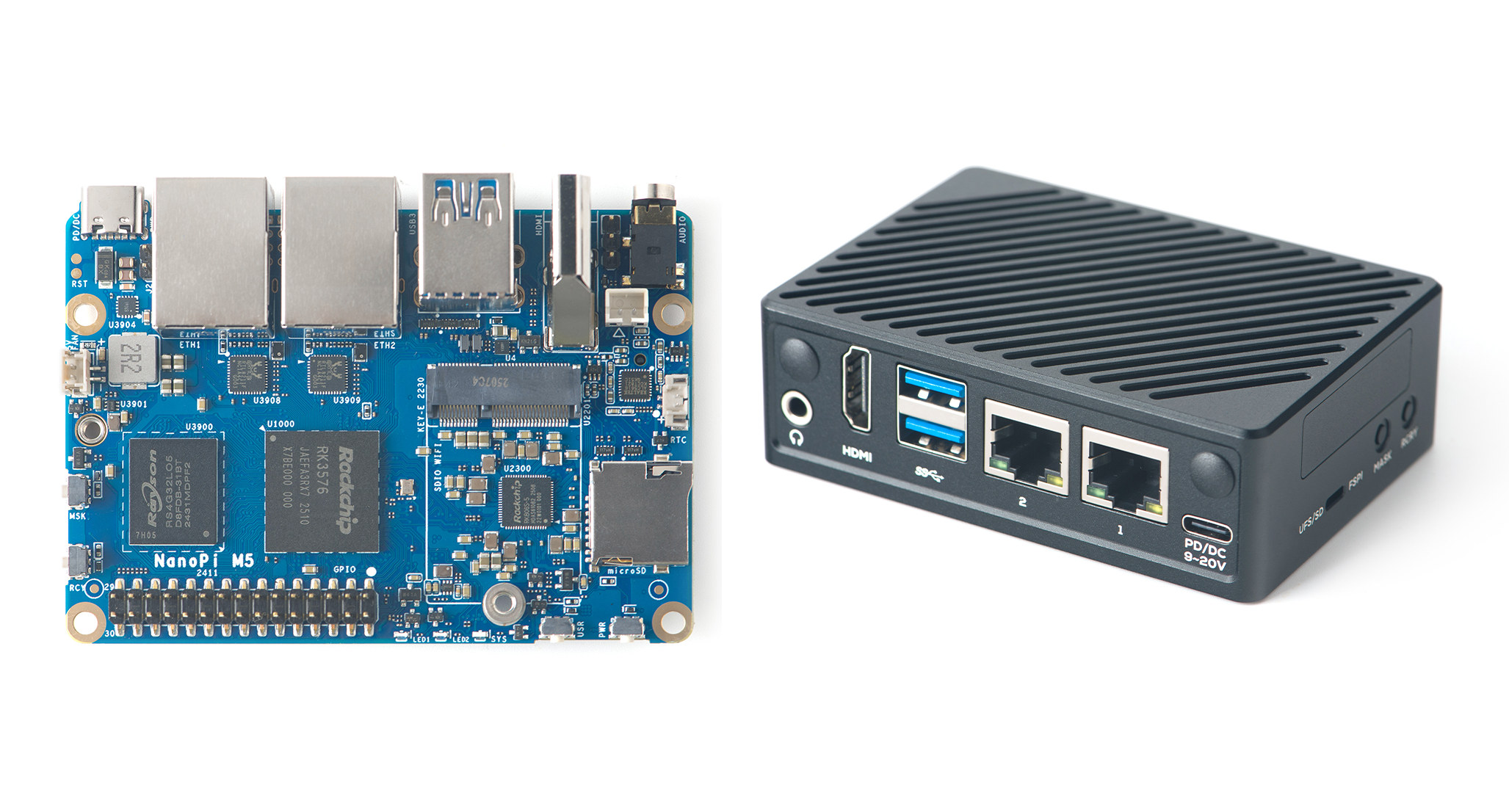The HiHope_NearLink_DK_WS63E_V03 is a low-power NearLink dev board built around the HiHope HH-SPARK-WS63E module, which features the HiSilicon NearLink WS63E SoC with 2.4GHz Wi-Fi 6, BLE 5.2, and SparkLink (SLE) 1.0 support. It’s designed for Smart Home and AIoT applications requiring low power and high security. The NearLink WS63E SoC features a 240MHz 32-bit CPU, 606KB SRAM, and a 4MB flash. The board exposes various interfaces like SPI, QSPI, I2C, UART, ADC, PWM, and GPIOs through GPIO headers. Security features include hardware AES, RSA, ECC, and FIPS140-2-compliant RNG. Target applications include Smart Home appliances, wearables, medical monitoring, industrial testing, energy management, and Smart Agriculture. HiHope NearLink_DK_WS63E specifications: SoC – HiSilicon NearLink WS63E 32-bit microprocessor up to 240 MHz 606 KB SRAM, 300 KB ROM 4MB embedded Flash Wireless (2.4GHz) Wi-Fi IEEE 802.11b/g/n/ax (ch1–ch14), 20/40MHz (n), 20MHz (ax) Data rates: up to 150 Mbps (HT40), 114.7 Mbps (HE20) MAC: 802.11d/e/i/k/v/w; Features: A-MPDU, […]
ESP32-P4-MINI development board offers two 34-pin GPIO headers, ESP32-C6 wireless module
Another day, another ESP32-P4 RISC-V MCU board with the ESP32-P4-MINI equipped with an ESP32-C6 wireless module and exposing all I/Os through two 34-pin GPIO headers. The board also features two USB-C ports, one for data and one for debugging, MIPI DSI and MIPI CSI connectors to add a display and a camera, a microSD card slot for storage, and a few buttons and LEDs. It’s basically a board for engineers wanting to access all features of the ESP32-P4 without extra bells and whistles. ESP32-P4-MINI board specifications: SoC – Espressif Systems ESP32-P4 CPU Dual-core 32-bit RISC-V HP (High-performance) CPU @ up to 400 MHz with AI instructions extension and single-precision FPU Single-RISC-V LP (Low-power) MCU core @ up to 40 MHz Memory 768 KB HP L2MEM (for dual-core CPU), 32 KB LP SRAM, 8 KB TCM (for LP MCU core) 32MB PSRAM Storage – 128 KB HP ROM, 16 KB LP […]
LinkPi ENC1Pro 4Kp60 HDMI video encoder supports NDI HX, Tally light, and 4G/5G/Wi-Fi USB Expansion
The LinkPi ENC1Pro is a compact, high-performance 4Kp60 HDMI video encoder designed for professional live streaming and broadcasting applications. It supports two HDMI 2.0 inputs and outputs with resolutions up to 4K @ 60fps, and is equipped with a built-in Tally light for studio use. Powered by an unnamed quad-core Arm Cortex-A55 processor coupled with 4GB DDR4 RAM and 8GB eMMC flash, the device supports H.265 (HEVC), H.264, and MJPEG compression formats. It is compatible with various streaming protocols, including NDI HX (license required), RTSP, RTMP, SRT, HTTP, HLS, and ONVIF. Other features include real-time picture-in-picture, multi-view, watermarking, subtitles, audio mixing, and video recording in formats such as MP4, MOV, and MKV. The ENC1Pro also supports AAC, MP3, OPUS, and other audio codecs, and includes 3.5mm stereo audio I/O alongside HDMI audio. It also offers flexible network connectivity with Gigabit Ethernet, USB expansion for 4G/5G/Wi-Fi modules, and supports remote management […]
This ESP32-P4 board is equipped with an ESP32-C5 dual-band WiFi 6 module
All ESP32-P4 boards and devkits we’ve covered so far rely on ESP32-C6 for wireless connectivity, but the Wireless Tag WT99P4C5-S1 differs in that it pairs the ESP32-P4 RISC-V SoC with an ESP32-C5 wireless module featuring dual-band WiFi 6, Bluetooth LE 5.0, and an 802.15.4 radio for Zigbee, Thread, and Matter connectivity. The board also features MIPI DSI and CSI connectors for a display and a camera, GPIO headers for the ESP32-P4 and ESP32-C5 modules, a microSD card slot, a Fast Ethernet port, a built-in microphone, a speaker connector, an RS485 terminal block, and a few USB ports for data and debugging. Wireless Tag WT99P4C5-S1 board specifications: Core module – Wireless Tag WT0132P4-A1 SoC – Espressif Systems ESP32-P4 CPU Dual-core 32-bit RISC-V HP (High-performance) CPU @ up to 400 MHz with AI instructions extension and single-precision FPU Single-RISC-V LP (Low-power) MCU core @ up to 40 MHz with 8KB of zero-wait […]
Bestechnic BES2700YP Arm Cortex-M55 Bluetooth Audio SoC targets headphones, earbuds, portable speakers
Bestechnic BES2700YP is an Arm Cortex-M55 Bluetooth Audio SoC designed for Smart earbuds with adaptive ANC, Smart Bluetooth headphones/headsets, ANC hearing-aids, Bluetooth speakers, and other portable audio devices When I wrote about the Ambiq Apollo330 Plus SoC family last week, I realized it was the first time I covered Arm Cortex-M55 microcontrollers with built-in wireless, in that case Bluetooth LE 5.4 and 802.15.4 (Thread/Matter) radios, and that’s how I came across the BES2700YP SoC with a more narrow use cases since it’s made for Smart Bluetooth audio applications. BES Technic BES2700YP key features and specifications: CPU Subsystem – Arm Cortex-M55 core Sensor Hub Subsystem – Arm STAR-MC1 core (improved Arm Cortex-M33 core) with sensor engine, BECO NPU, and VAD (Voice Activity Detection) Memory – 4 MB SRAM shared across the CPU, Bluetooth, and Sensor Hub cores Storage – Flash in package, boot ROM Bluetooth Subsystem Arm STAR-MC1 core (Arm Cortex-M33 […]
ESP32-P4 development board features 3.4-inch or 4-inch round IPS touchscreen display
Waveshare ESP32-P4-WIFI6-Touch-LCD-3.4C and ESP32-P4-WIFI6-Touch-LCD-4C ESP32-P4-based development boards feature a 3.4-inch and a 4-inch round IPS display, respectively, a 10-point capacitive touchscreen, and a wide 170° viewing angle. They also integrate two microphones with echo cancellation for voice AI applications and offer Wi-Fi 6 and Bluetooth 5 (LE) connectivity via an ESP32-C6 module. Designed for AIoT and HMI projects, the boards also include USB ports, a camera connector, a speaker connector, and a microSD card slot. Target applications include Smart Home control panels, voice-controlled interfaces, digital dashboards, indoor environmental monitoring, PC performance monitoring, and other secure IoT and edge computing applications. Waveshare ESP32-P4-WIFI6-Touch-LCD-3.4C/4C specifications Main module – ESP32-P4-Core Module Microcontroller – ESP32-P4NRW32 MCU Dual-core RISC-V microcontroller @ 400 MHz with AI instructions extension and single-precision FPU Single-RISC-V LP (Low-power) MCU core @ up to 40 MHz GPU – 2D Pixel Processing Accelerator (PPA) VPU – H.264 and JPEG codecs support Memory – […]
Radxa ROCK 4D SBC – A Raspberry Pi lookalike powered by Rockchip RK3576 SoC with 6 TOPS AI accelerator
Radxa ROCK 4D is yet another Rockchip RK3576 SBC, but offered in a credit card form factor similar to the Raspberry Pi 3 model with the usual 40-pin GPIO header, Gigabit Ethernet ports, and four USB ports. We first noticed it when we covered the Radxa Dual 2.5G Router HAT, and I’ve just seen it added to the Linux 6.15 release, so I thought it might be a good time to cover it, especially since it’s already for sale on Allnet and AliExpress starting at $31 plus shipping. Radxa ROCK 4D specifications: SoC – Rockchip RK3576 or RK3576J (industrial-grade version) CPU – Octa-core CPU with 4x Cortex-A72 cores at 2.2 GHz, 4x Cortex-A53 cores at 2.0 GHz GPU – Arm Mali-G52 MC3 GPU with support for OpenGL ES 1.1, 2.0, and 3.2, OpenCL 2.0, and Vulkan 1.2 NPU – 6 TOPS (INT8) AI accelerator with support for INT4, INT8, INT16, […]
NanoPi M5 – A Rockchip RK3576 SBC with HDMI, dual GbE, M.2 NVMe and SDIO WiFi sockets, UFS 2.0 storage support
It feels like everybody is now launching hardware based on the Rockchip RK3576 SoC, the little brother of the RK3588 with Cortex-A72/A53 cores instead of Cortex-A76/A55 cores, 4K video output, and a mid-range Mali-G52 GPU, while keeping most of the same interfaces. FriendlyELEC has now joined the fray with the NanoPi M5 SBC equipped with up to 4GB LPDDR4x or 16GB LPDDR5, sockets for a UFS module and an M.2 NVMe SSD, HDMI 2.0 and MIPI DSI display interfaces, two MIPI CSI camera connectors, two gigabit Ethernet ports, a 3.5mm audio jack, two USB 3.0 ports, a 30-pin GPIO header, and more. NanoPi M5 specifications: SoC – Rockchip RK3576 CPU – Octa-core CPU with 4x Cortex-A72 cores at 2.2 GHz, 4x Cortex-A53 cores at 2.0 GHz GPU – Arm Mali-G52 MC3 GPU with support for OpenGL ES 1.1, 2.0, and 3.2, OpenCL 2.0, and Vulkan 1.2 NPU – 6 TOPS […]


